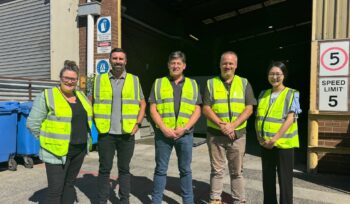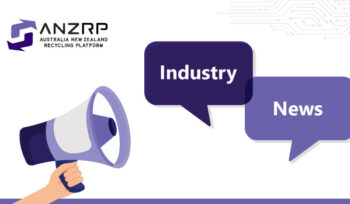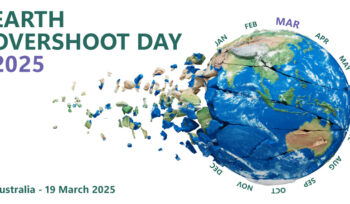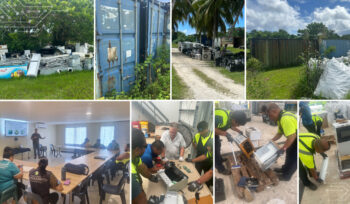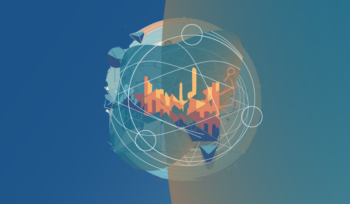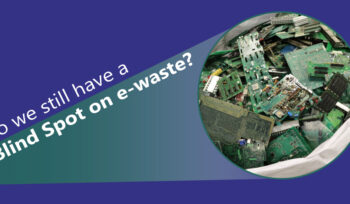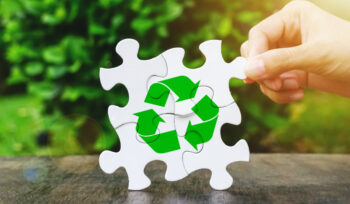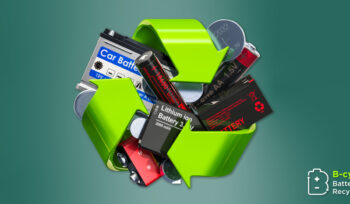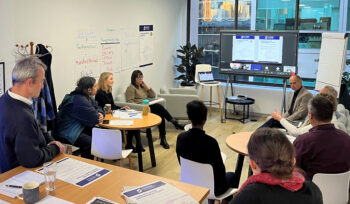-
ANZRP staff “Wear it Yellow” for National Reconciliation Week
2025-06-13 -
ANZRP & PonyUp for Good visit ACE Recycling
2025-06-13 -
Industry News – Connections June Newsletter 2025
2025-06-13 -
Australia Oversteps the Mark
2025-03-26 -
TechCollect NZ extends its services by providing support to Pacific Island nations
2025-03-05 -
Australia and New Zealand Recycling Platform (ANZRP) Announces New Chair and Two New Board Members Over the Past Three Months
2025-02-18 -
Carla Vasconi Appointed Chief Executive Officer (CEO) of Australia and New Zealand Recycling Platform (ANZRP)
2025-02-12 -
Productivity Commission: Opportunities for Creating a Circular Economy
2024-11-28 -
Do we still have a blind spot when it comes to e-waste?
2024-11-08 -
ANZRP unlocks the plastic recycling puzzle
2024-08-29 -
The rapidly changing environment of battery management and stewardship
2024-08-19 -
Continuing Professional Development at ANZRP
2024-08-15
- 1
- 2

